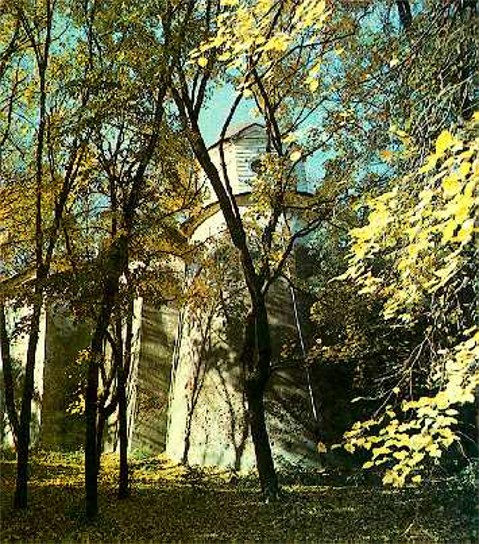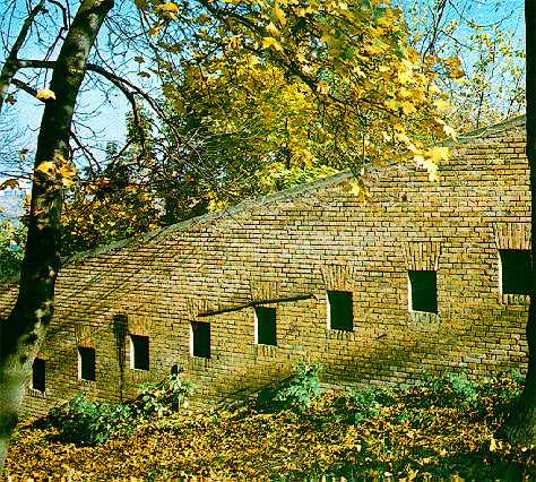Kyivan Cave Fortress
Kyivan Cave Fortress ( Kyievo-Pecherska fortetsia). A series of defensive fortifications surrounding the Kyivan Cave Monastery. The monastery was first fortified at the end of the 12th century, when a 2-m-wide leave, 5–6-m-high stone wall was erected. This wall was destroyed during the Tatar invasion and excavated in 1951. For the next four centuries the monastery was defended by a wooden wall. In 1679 Hetman Ivan Samoilovych had a moat and new ramparts constructed around the upper monastery. Under Hetman Ivan Mazepa, a thick stone wall with four towers was added. In 1706 Tsar Peter I ordered the construction of the so-called Old Cave Fortress. The first plans were prepared by an engineer named Gellert. Completed in 1723, this fortress consisted of a semicircular citadel with a 6-m-high earthen rampart, eight bulwarks, and other fortifications. Of its three original gates, two have survived (the Vasylkivska and Moskovska gates). The fortress was rebuilt several times in the 18th and 19th centuries. The Old Cave Fortress housed the administrative and military institutions of tsarist rule in Kyiv.
Between 1831 and 1863 the so-called New Cave Fortress was built, under the direction of an engineer named Opperman. (Plan: Kyivan Cave Fortress [1783].) New ramparts (up to 15 m high, 1,039 m in length), barracks, and fortifications were added to the existing citadel, and the enclosed area of the lower monastery was greatly expanded. The main fortresses were the Vasylkivska, erected next to the Vasylkivska gates, and the Hospitalna, which also contained a military hospital and now houses the Kosyi Kaponir Museum. With the development of modern artillery, the fortress lost its defensive significance, and it was eventually turned into a military depot and then a garrison prison. The other surviving buildings of the New Fortress are the Mykilska gate and the Kruhla and Prozoriv towers.
.jpg)

.jpg)
